Frederica Freyberg:
A first look tonight at how the University of Wisconsin could benefit from Foxconn locating in the state. On Wednesday, flanked by UW-Madison Chancellor Rebecca Blank and officials from the UW School of Medicine, Governor Scott Walker touted the potential biomedical advances that could result from a joint research effort between the UW and Foxconn.
Scott Walker:
We think there’s incredible applications. We’re excited about that. We hope that as they build this new product here in the state of Wisconsin, that our health care systems and our schools and medicine can be at the forefront of using that technology and having access to that at the forefront really around the world.
Frederica Freyberg:
Governor Walker appearing at UW Hospital touting the promise of Foxconn technology in Wisconsin biotech industry. In tonight’s first look, we hear from Lisa Johnson, the CEO of BioForward, an organization that advocates for the state’s biomedical industry. She joins us by telephone and thanks a lot for doing so.
Lisa Johnson:
My pleasure, Frederica. Good to be here.
Frederica Freyberg:
First of all what's your reaction to Foxconn potentially locating a medical devise or research facility in Wisconsin, even in Dane County?
Lisa Johnson:
It's extremely positive and very exciting. This is really due to what’s happening in southeast Wisconsin with their big screen potentially manufacturing plant in southeast Wisconsin. But also we’ve been working with their medical division for a couple months and certainly they’re looking at Wisconsin on this front because of our outstanding research institutions, our strengths in the biosciences, medical technology. So it’s really exciting that there is this potential. But again, this is also very much due to what’s happening in southeast Wisconsin.
Frederica Freyberg:
Right. So we’re speaking with a radiologist in a moment, but broadly what applications would the company’s technology have in the medical field?
Lisa Johnson:
So there’s a couple fronts. On the screens themselves, they’re 8K technology, and again, I'm not a surgeon, but it provides such high-quality resolution that it provides surgeons with a much better view of the body while in surgery that would allow them more precision. I would assume then less errors, better outcomes and ultimately less health care costs. But that’s just their screen technology. There’s an investment in medical technology that goes beyond that. And they’re very much into precision medicine, from treatment to prevention. And that’s where you’re starting to see this medical division stepping in and looking at medical technologies here or our research institutions. So they really have a broad path in the medical technology area beyond their screens, which the radiologist will be addressing. We’re also seeing that in the college area too that they’re looking at.
Frederica Freyberg:
BioForward expects to have a representative from Foxconn I understand as its keynote speaker in October. What do you expect to hear from that representative?
Lisa Johnson:
Yeah. I really expect to hear trends in the health care industry. I mean, they’re cutting edge. And so I'm expecting them and that’s kind of a theme that we have. We also have Samsung coming in, their chief medical officer. And how virtual reality is being used in health care. What you see are these electronic giants. They’re really critical to medical technology, medical advances in the future. So we’re going to be hearing about that from Foxconn. But also looking — what’s really fascinating about Foxconn, they’re also saying what else is out there? They’re looking for innovation and what are the next steps to their company, to their medical technology division. So I think they will be addressing that. I’m going to be assuming so. So I think that’s really exciting for the whole community to be hearing where is that company going and how can Wisconsin be a part of that. We don’t get these opportunities. So Foxconn really — if we can get this company into Wisconsin, it could have a major impact on our medical community.
Frederica Freyberg:
All right. Well, that’s great news. Lisa Johnson, thanks very much for joining us.
Lisa Johnson:
Thank you for having me.
Frederica Freyberg:
Just what are the specific applications for Foxconn's liquid-crystal display panel technology in the medical field? For that, we turn to Dr. Scott Reeder, UW Medical School Professor of Radiology, Biomedical Engineering and Medical Physics. Doctor, thanks very much for being here.
Scott Reeder:
Great to be here.
Frederica Freyberg:
So what is it about the technology that Foxconn could bring to Wisconsin that is most promising in your mind?
Scott Reeder:
So Foxconn has unique display technology that would be helpful in medical imaging in a variety of ways. One of the things that we focus on historically is better ways to acquire data more rapidly. There’s new techniques. There’s more data. And to be able to display this all at the end so a physician such as a radiologist or surgeons can view this is really what’s needed. This is really I think where the opportunity lies.
Frederica Freyberg:
So even more specifically, how would that be used in patient care?
Scott Reeder:
Right. So it can be used in a number of ways. It could be used to facilitate improved visualization for endoscopy. An actual camera placed inside the body. Or being able to put multimodality information together, like CT, ultrasound and MRI and to display this in unique ways that we couldn’t before.
Frederica Freyberg:
Do people at the UW, at the medical school, in the hospital, the practitioners, do they feel like we would be so far ahead because Foxconn would be in our backyard?
Scott Reeder:
I think they would allow us to have some unique collaborations. And it certainly would allow us to work with this unique manufacturer of advanced imaging technology. We’ve been able to enjoy that kind of relationship with other manufacturers. And that really does provide cutting edge research — pardon me, cutting edge technology for our patients.
Frederica Freyberg:
How would any of that of which you speak compare to what you’re using now?
Scott Reeder:
Well, right now we’re using sort of standard display technologies. And so having a collaboration with Foxconn to explore how we can do this I think is really quite unknown to understand the full potential. But it is something that would allow us again to display that information in unique ways that we haven’t been able to before.
Frederica Freyberg:
Now, you’re the chief of MRI and the Director of the UW Liver Imaging Research Program that performs research in technical development and translation of new imaging methods. So how would Foxconn's technology, especially being here as we’ve discussed, help in that research and development?
Scott Reeder:
What we’re doing in the liver imaging research program is that we’re developing new imaging technologies mostly focused on the acquisition and the reconstruction that is generating the images in unique ways to look at things like liver disease and other diseases, especially quantitative imaging as well. So we do this in close collaboration with partners such as GE Healthcare to explore new techniques and new ways of doing this. So I think that developing a relationship with Foxconn would make a lot of sense in terms of understanding how we can use their unique technologies to improve medical imaging.
Frederica Freyberg:
And do you feel as though there would be kind of partnerships with places like GE?
Scott Reeder:
Absolutely. So partnerships with not only the university but also partnerships with GE. There’s really a nexus of medical imaging industry within southern Wisconsin, largely centered around GE. A number of spin-off companies that have come out of universities. So there’s a wide variety of partnerships that could happen between industry, between academics and industry as well as multicenter studies. There’s really a critical mass of talent in this area. I think Foxconn really could be a big player and really add to that in a significant way.
Frederica Freyberg:
And this is well-known across the world presumably that Wisconsin is the hub of this kind of activity?
Scott Reeder:
You know, I'm not sure that it is. Among the medical imaging community it certainly is. GE is one of the largest manufacturers of medical imaging technologies in the world. And their world headquarters is here in Waukesha Wisconsin. They have a long standing relationship with Medical College of Wisconsin and University of Wisconsin. And there are a large number of spinoff companies that have also come out of that as well. So I think it’s something that actually is not well-appreciated but is really a unique and interesting strength of Wisconsin.
Frederica Freyberg:
So how excited are you for the prospect of Foxconn?
Scott Reeder:
Oh, I think this is a great opportunity. The exact outcomes of this and how it will play out have yet to be determined. But when you have someone who has specific and unique technology that would be applicable to medical imaging, it can only be good.
Frederica Freyberg:
All right. Dr. Scott Reeder. Thanks very much.
Scott Reeder:
Thank you.
Frederica Freyberg:
Even with a secondary Foxconn site under consideration for Dane County, southeast Wisconsin is poised to welcome the giant flat screen plant, thousands of new jobs and that spin-off development. In tonight’s closer look, the governor and others say the whole state will prosper because of Foxconn locating its $10 billion plant in Racine or Kenosha. Even though the legislature’s Democrats mostly oppose the risk of the $3 billion state incentive package, three reps from that part of the state including the minority leader voted in favor. Without the proximity of the plant to sway opinion though, we wondered what people in southwest Wisconsin thought about whether Foxconn would be a good deal. We visited Richland Center to find out.
Karin Tepley:
I think it’s a great deal. I like the idea that someone like Foxconn is thinking of Wisconsin.
Frederica Freyberg:
Anything that puts Wisconsin on the business map is good news for Karin Tepley. Here former business couldn’t weather the past recession in this small city. It’s Richland Center, population just over 5,000. It’s the county seat and the people we met were well-informed with definite opinions about Foxconn.
Karin Tepley:
I like the fact that other people are thinking Wisconsin. We’re not just this little Midwestern state anymore it seems like.
Daniel Miller:
When somebody offers me something that seems too good to be true, it usually is. And $3 billion is — you know, that’s a dollar a second for 90 or 100 years.
Frederica Freyberg:
Daniel Miller runs the Main Street Book Shop.
Daniel Miller:
Now we’re supposed to come up with $3 billion for jobs we don’t know are going to be there. We don’t know if they’re going to be there.
Frederica Freyberg:
He's not alone in his concern about the state’s incentive package.
Ceil Simonson:
$3 billion is a huge amount that’s going to be taken away from the state that could go into our, you know, schools, could go into our roads. $3 billion is a huge amount.
Benjamin Southwick:
I'm opposed to it. I’m generally opposed to all aspects of corporate welfare.
Frederica Freyberg:
For attorney Benjamin Southwick, it’s that incentive package to lure the Taiwanese flat screen manufacturer that sours him on the deal.
Benjamin Southwick:
On one hand I certainly understand the desire of states and municipalities to have private sector jobs and to attract those jobs. But in my opinion it’s obscene the way states and municipalities compete with one another by offering more and more incentives for corporations to move there.
Shirley Steiner:
I'm concerned about it, partially because of the payback is so far in advance. And if you think about other technology, 25 years is a long time, like eight track tapes and all this sort of thing. I’m old enough to have lived through a lot of this technology. Is it still going to be good 25 years from now?
Frederica Freyberg:
Shirley Steiner says everyone she sees is talking about Foxconn and considering everything that’s in the legislation paving its way.
Shirley Steiner:
The other thing, I'm concerned about the environment. I don’t want all of the DNR requirements for the environmental things just sort of pushed aside to get this in there in a hurry.
Frederica Freyberg:
We ran into David Teiwes at Richland Center’s main crossroads. He says any statewide economic boost is all positive.
David Teiwes:
My personal opinion is that if it brings jobs to Wisconsin, I think it would be a great, great idea.
Frederica Freyberg:
But will that great idea realize growth in western counties or up north in places often left out of development in urban corridors?
Benjamin Southwick:
I'm sure they will have spin-offs for the southeastern part of the state. I can’t imagine any of those spin-offs reaching Richland County.
Frederica Freyberg:
And so as to the question of whether the benefits will reach places like Richland Center, the owner of a local coffee shop is only half joking when she wonders if Foxconn has any friends who would like to locate a similar major employer in her town.
Kelly Coppernoll:
You know, we have very friendly people, a great coffeehouse to go to. No, but, you know, there’s a lot of benefits, and it would be great to have a place like that move here.
Search Episodes
News Stories from PBS Wisconsin
10/28/25
State Building Commission votes to proceed with Evers plan to overhaul Wisconsin’s prison system
10/27/25
Planned Parenthood of Wisconsin resumes offering abortions after pause related to federal funding

Donate to sign up. Activate and sign in to Passport. It's that easy to help PBS Wisconsin serve your community through media that educates, inspires, and entertains.
Make your membership gift today
Only for new users: Activate Passport using your code or email address
Already a member?
Look up my account
Need some help? Go to FAQ or visit PBS Passport Help
Need help accessing PBS Wisconsin anywhere?

Online Access | Platform & Device Access | Cable or Satellite Access | Over-The-Air Access
Visit Access Guide
Need help accessing PBS Wisconsin anywhere?

Visit Our
Live TV Access Guide
Online AccessPlatform & Device Access
Cable or Satellite Access
Over-The-Air Access
Visit Access Guide
 Passport
Passport





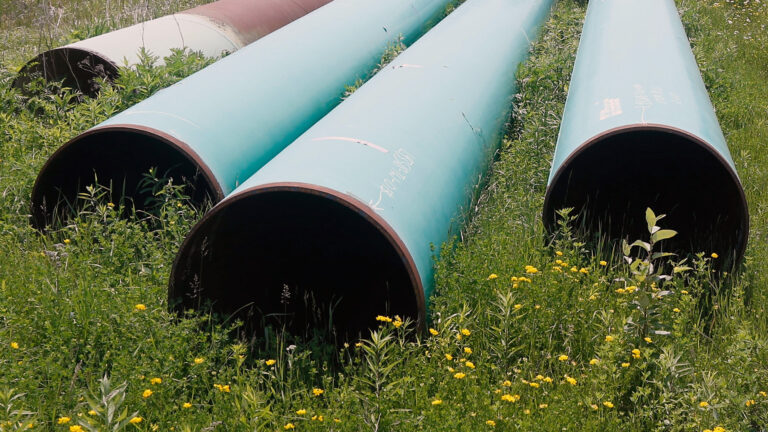
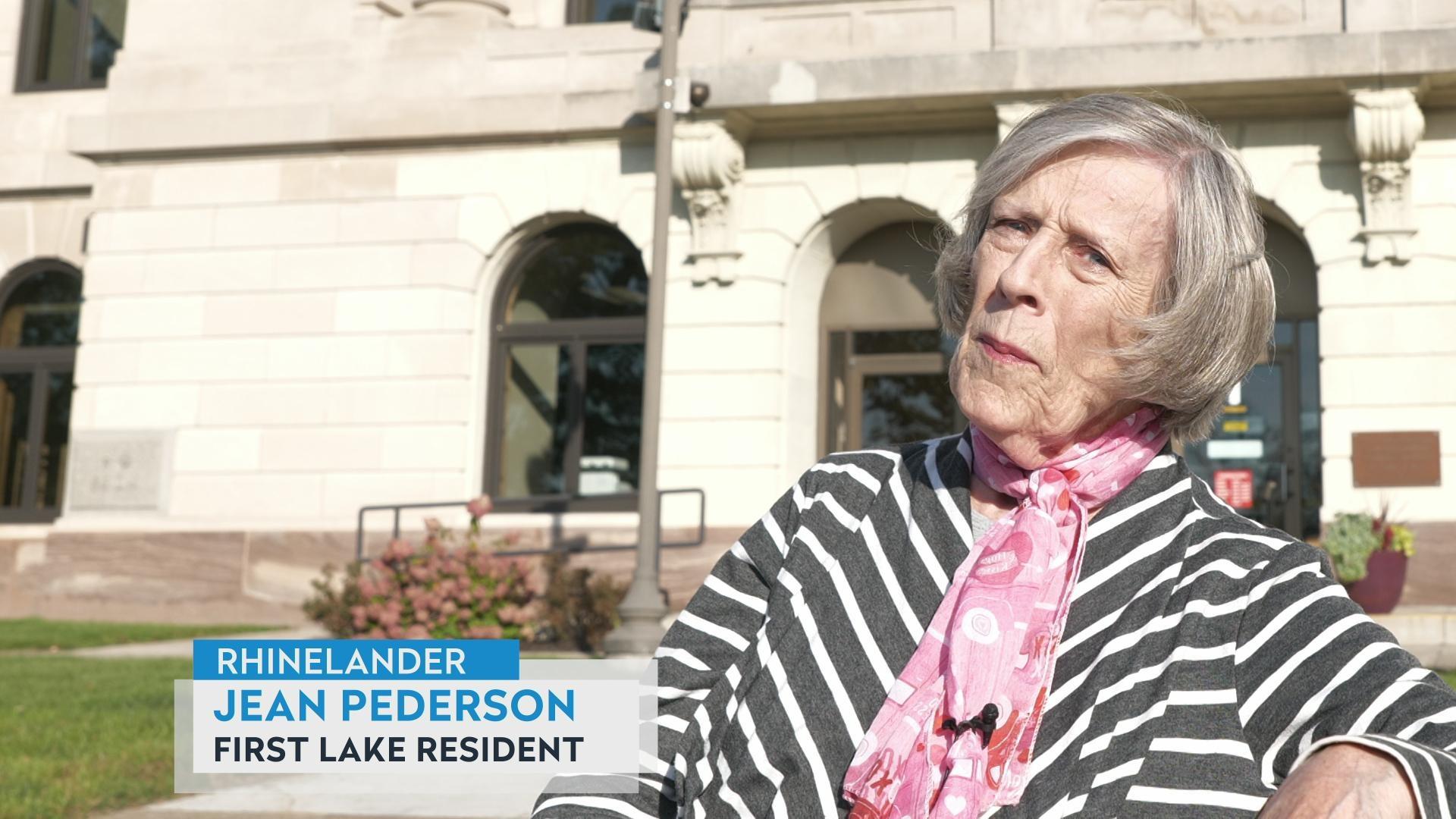

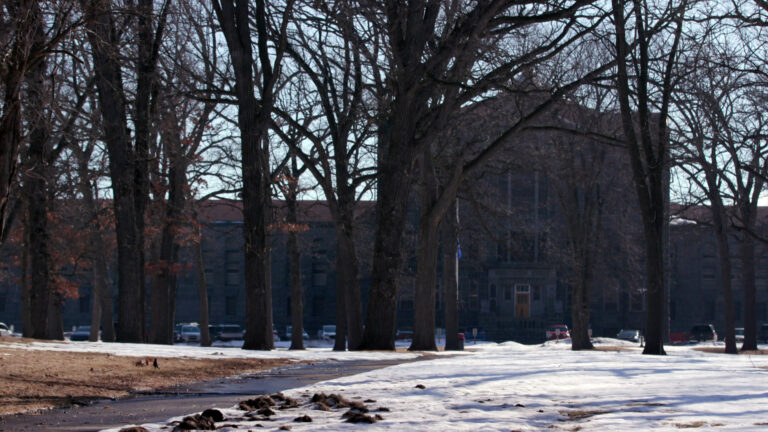

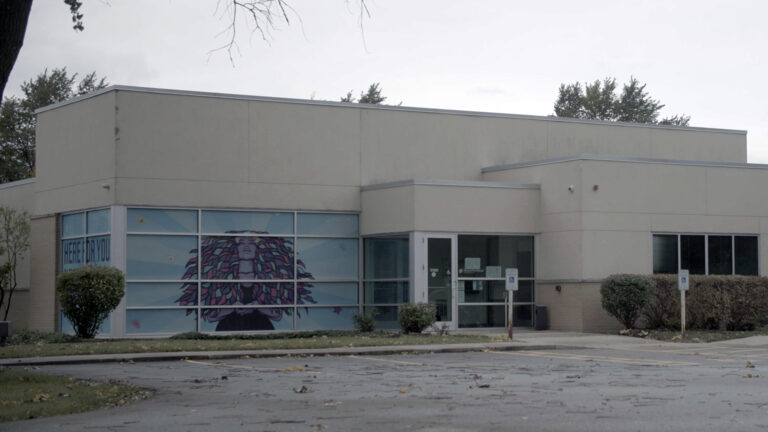
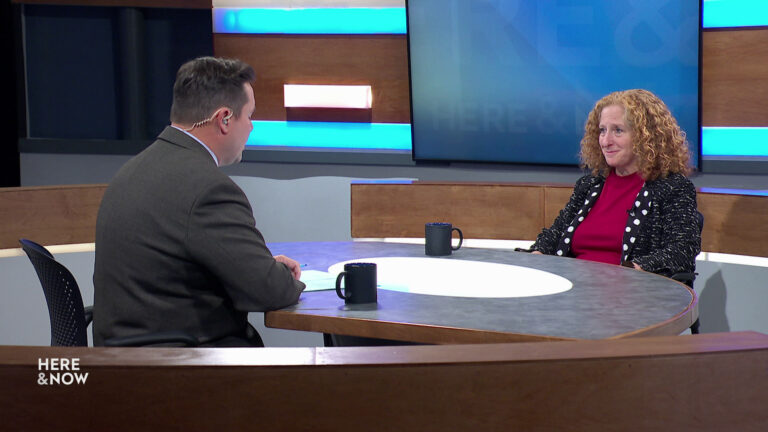
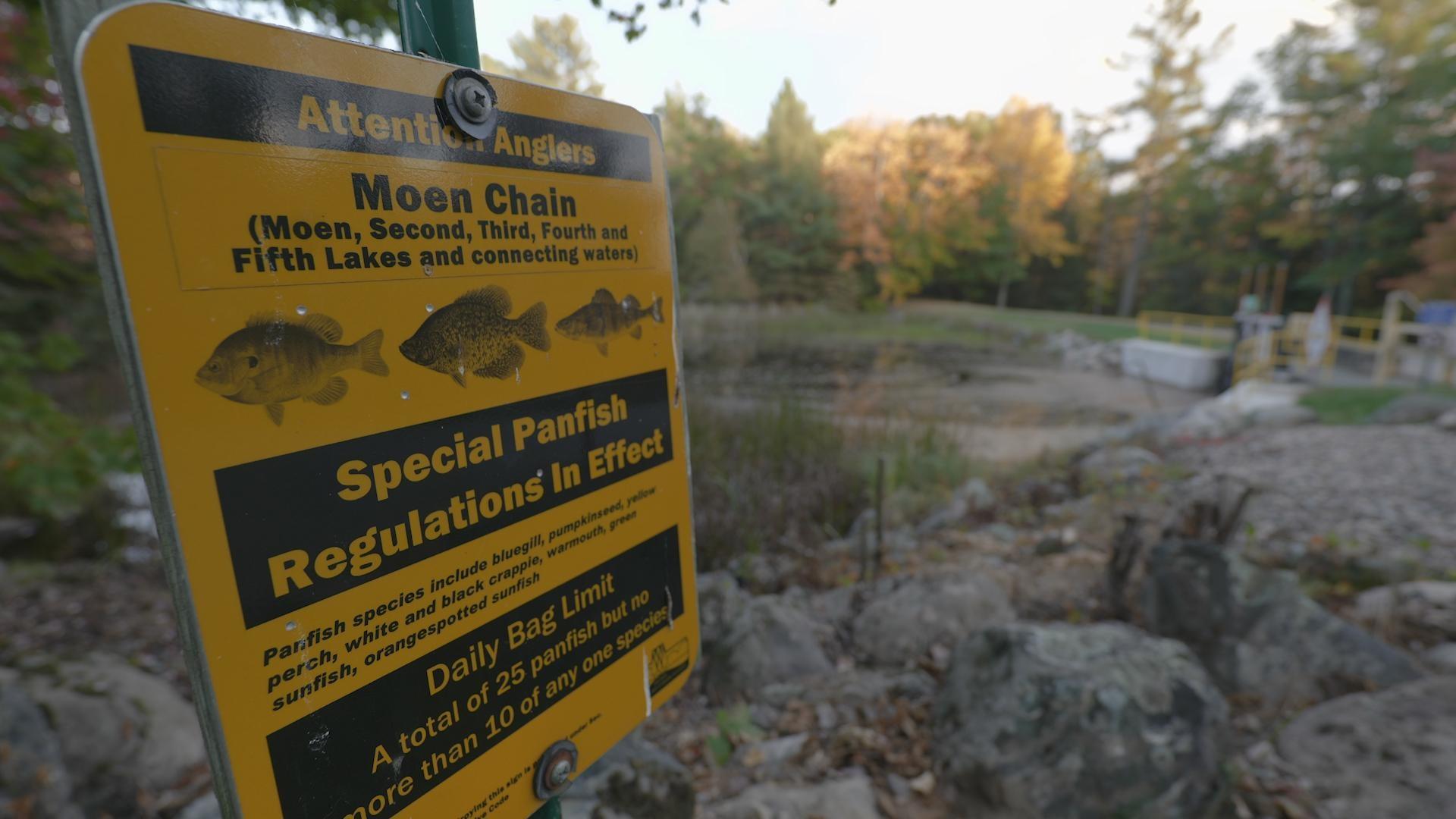
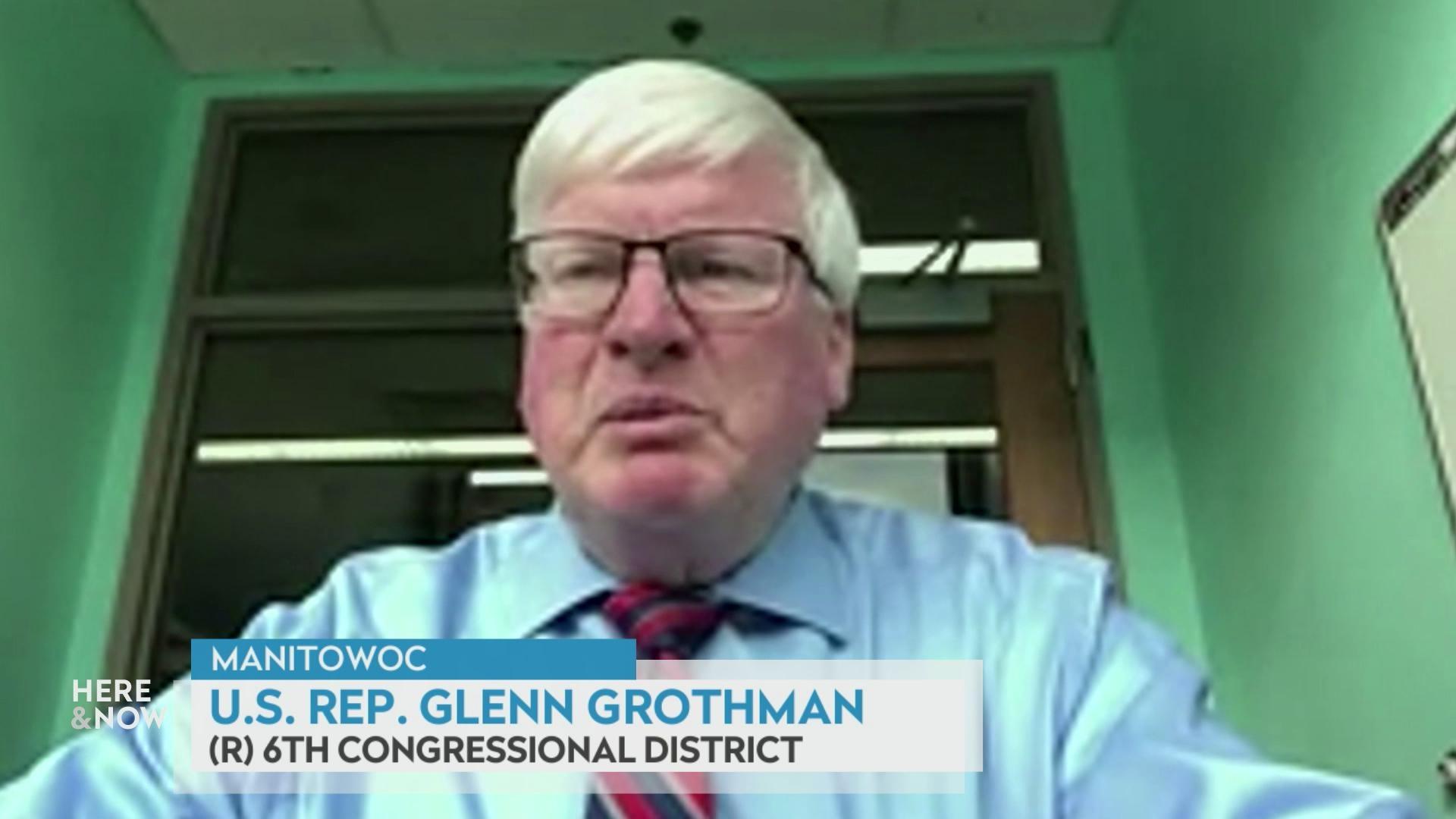
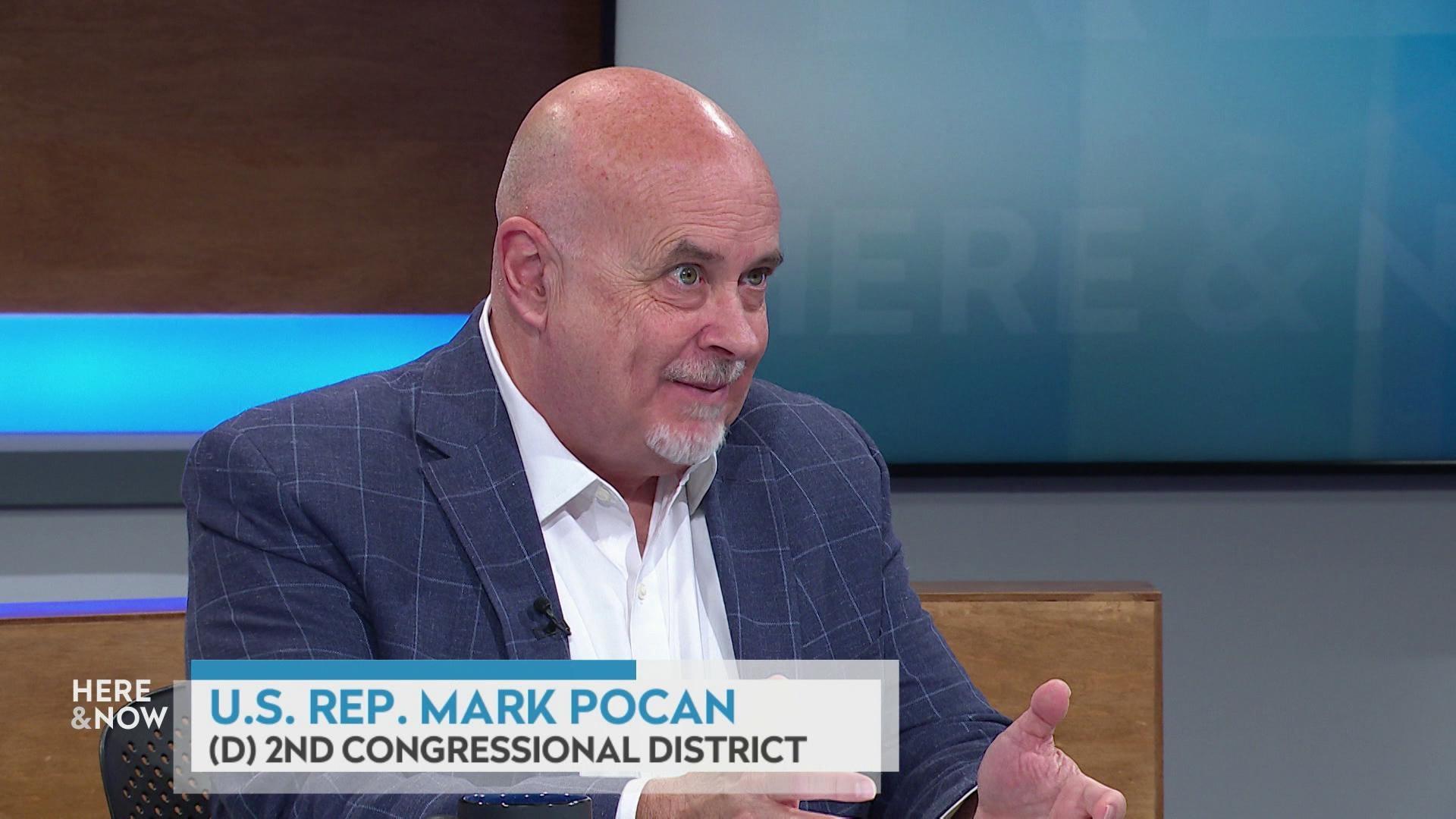
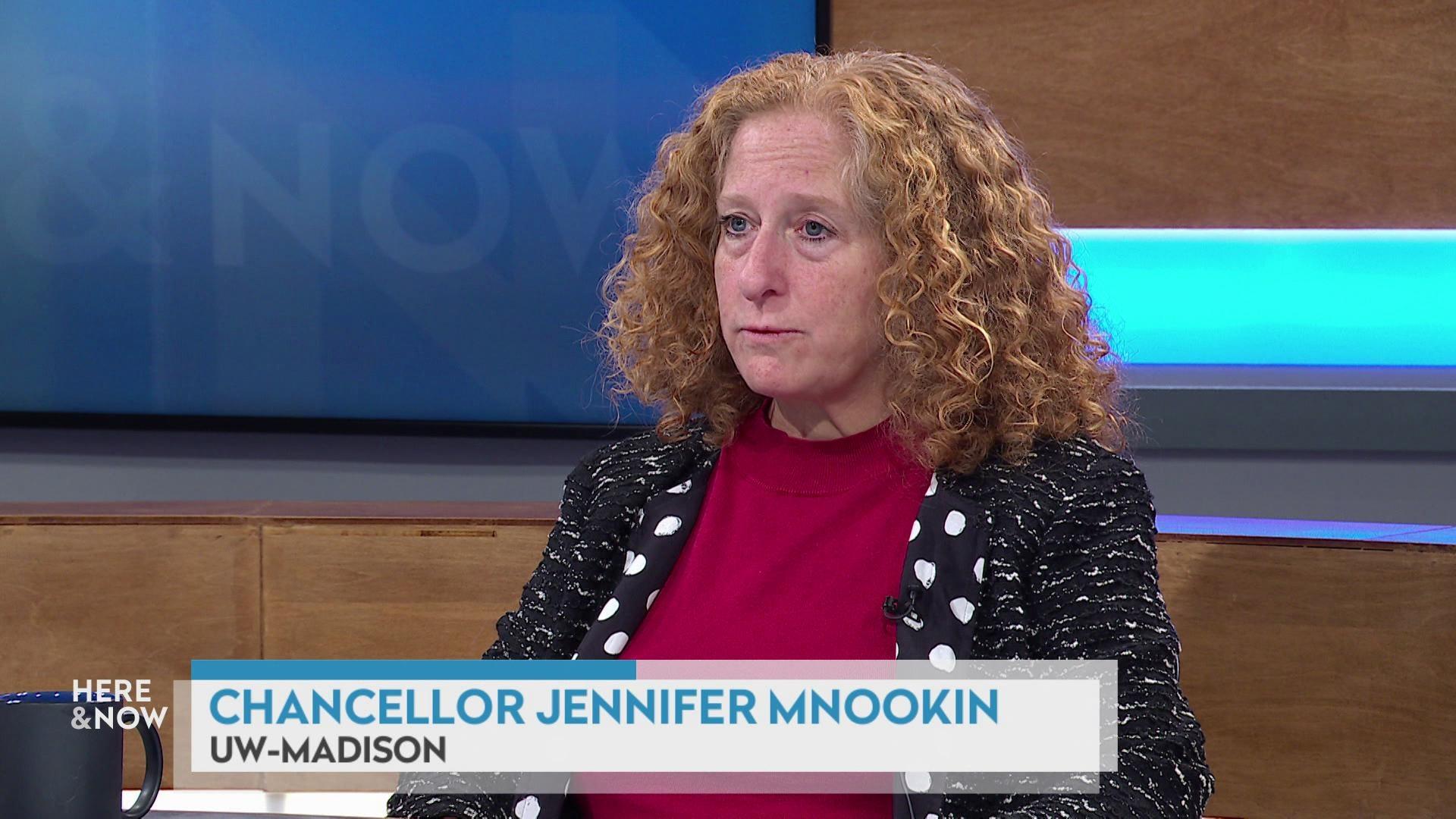
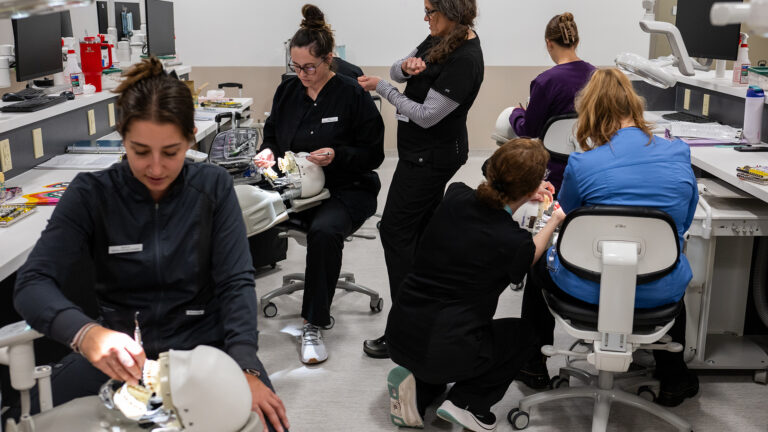

Follow Us